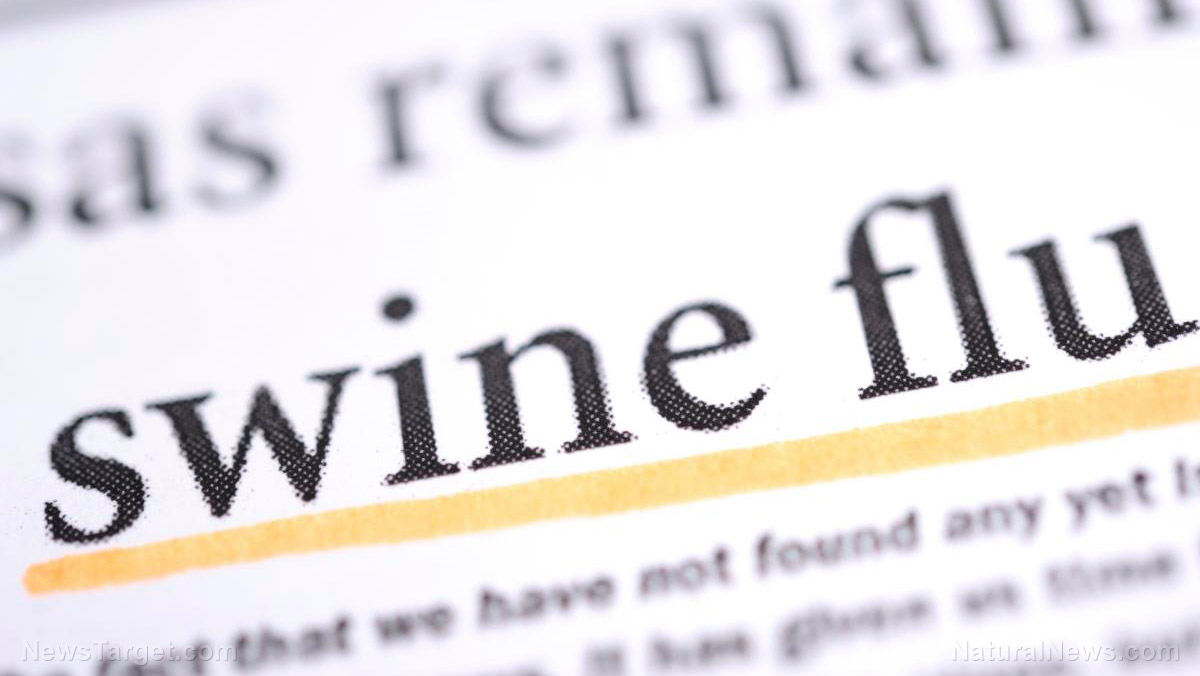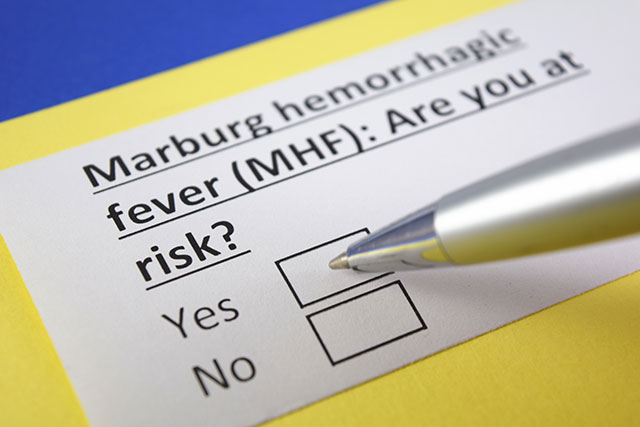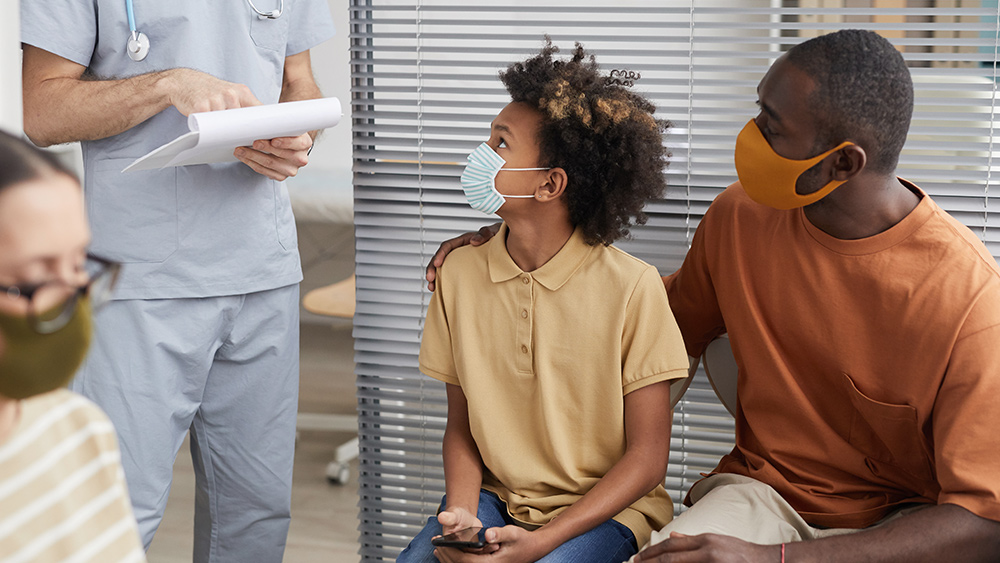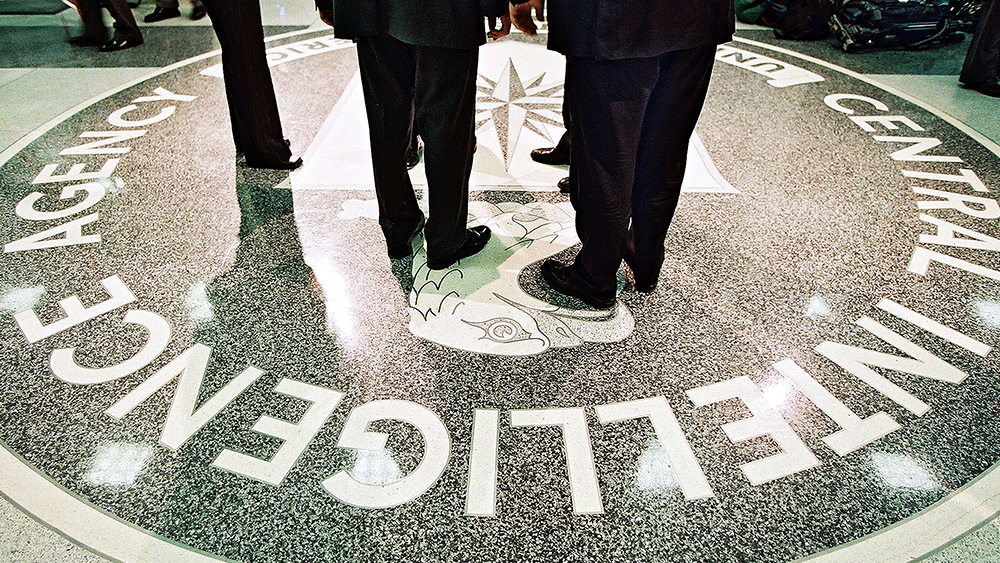
On April 28, the State Department issued a level four travel advisory – the highest level in a four-tier system – discouraging Americans from traveling to India "due to COVID-19." The advisory also encouraged those who wish to depart India to "take advantage of available commercial transportation options." Currently, there are 14 direct flights every day between India and the U.S., with other carriers having transfer flights in Paris and Frankfurt.
A warning posted by the U.S. Embassy in India on its website further bolstered the case for leaving the coronavirus-stricken country. It warned that some Americans have reported being turned away from hospitals in a handful of cities due to overcrowding. Furthermore, the warning also confirmed that Indian medical facilities "are reporting shortages of supplies, oxygen and beds."
The warning continued: "New cases and deaths from COVID-19 have risen sharply throughout India to record levels. COVID-19 testing infrastructure is reportedly constrained in many locations." It also mentioned that some Indian states "have enacted curfews and other restrictions that limit movement and the operation of non-essential businesses."
Earlier, the Centers for Disease Control and Prevention (CDC) included India on a list of destinations that Americans should avoid traveling to. The public health agency released guidance discouraging travel to the Hindu-majority nation. "[Even] fully vaccinated travelers may be at risk for getting and spreading COVID-19 variants," it warned.
Based on CDC guidelines, anyone flying into the U.S. from another country must present proof of a negative COVID-19 test result no more than 72 hours before travel. Citizens and fully vaccinated individuals are not exempt from this requirement.
All travelers should undergo a quarantine period upon arrival in the U.S. – with 10 days for unvaccinated people. However, this can be cut short if they test negative for the Wuhan coronavirus three to five days after arriving. Meanwhile, CDC guidelines state that vaccinated people should get tested for COVID-19 three to five days after travel and monitor any symptoms.
The U.S. has imposed travel restrictions on India alongside other nations
On May 1, U.S. President Joe Biden imposed new travel restrictions on India. The new restrictions set to take effect on May 4 bars most non-Americans from flying in the U.S. Biden ordered the travel ban due to the "surging magnitude and scope of the COVID-19 pandemic" in the south Asian country. His move followed that of other countries that ordered similar prohibitions.
Reuters reported on April 27 that Australia suspended direct flights coming from India. Australian Prime Minister Scott Morrison said during a televised presser that The Land Down Under's travel ban will remain until May 15. However, he reiterated that the temporary suspension is needed to allow quarantine facilities to prepare for the influx of new arrivals. Morrison added that the flight ban would serve as a "breather" for the state of New South Wales and the Northern Territory. Most coronavirus-positive cases in the two areas came from India.
"We don't think the answer is to forsake those Australians in India and just shut them off," the prime minister told reporters. He added that the recent wave of infections in India is a "humanitarian crisis ... gripping the world." Australia's flight ban will impact two direct flights from India to Sydney and two repatriating flights set to arrive in Darwin. (Related: Australia slashes flights from India after single-day caseload high of more than 310,000 … remember when Trump blocking flights was "racist?")
Earlier, Hong Kong authorities said in an April 18 statement that the special administrative region will suspend flights from India, Pakistan and the Philippines. The two-week suspension set to end on May 3 followed the discovery of a mutant Wuhan coronavirus strain in the country, a Straits Times report said. Visitors who have been in the three nations in the past 21 days will not be allowed to board flights headed to Hong Kong.
Meanwhile, India closed off April with a new record of COVID-19 infections. On April 30, the country reported 386,452 new cases – surpassing its earlier highs in the past few days. Reported deaths on that day also numbered at least 3,498. Data from Johns Hopkins University shows that India currently has 20.3 million COVID-19 cases, with 16.6 million recoveries and 222,408 deaths.
Visit Pandemic.news to read more articles about travel bans related to the Wuhan coronavirus.
Sources include:
Please contact us for more information.























